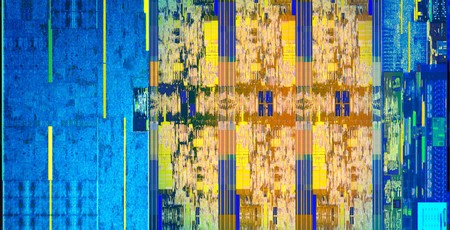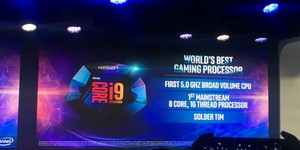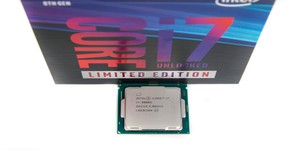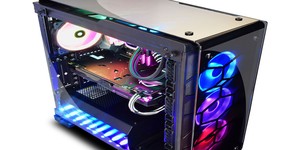
Coffee Lake and Z370 Chipset
We're not dealing with a brand new architecture here and there are no real changes apart from what early information is pointing at a slightly larger die with the IGP. The HEDT move from Broadwell-E to Skylake-X was far more fruitful with the cache restructuring amongst other things. Coffee Lake is manufactured on Intel's 14nm++ manufacturing process, which essentially improves the process, and in theory the results of this would mean higher yields and potentially higher frequencies/binning and better overclocking.

While the IPC change due to the architecture is essentially zero, there are other factors that come in to play, both with IPC and general performance, that will see a net increase here compared to Kaby Lake. For starters, the CPUs have more cache, with the Core i7-8700K, for example, seeing the L3 cache rise from 8MB to 12MB shared cache. As there are more cores, there's also more L2 cache at 1.5MB versus 1MB.
While the Core i7-7700K has a base frequency that's higher than that of the Core i7-8700K, the latter offers a single-core boost of 4.7GHz compared to 4.5GHz. Intel's IGP simply gets a rename (now called Intel UHD 630) as well as a small 50MHz speed bump, and the native memory speed support now stands at 2,666MHz, up from 2,400MHz.
Z370 Chipset
One thing that has confused quite a few people, including us initially, are the PCIe lane figures that have been floating around for a few months. Initially, the 24-lane number had many of us assuming this was an increase from the 16 PCIe lanes available for graphics cards, in addition to those provided by the chipset. Sadly, this isn't the case. You still get 24 lanes from the chipset just as you would with Z270, and the figure from the CPU is still 16, giving a maximum of 40. This means there's no change from Z270 in terms of PCIe lanes.
Realistically, this isn't a surprise. Intel's HEDT platforms have always been the route to go if you want more I/O (and now Threadripper is an option too) so bumping Z370 here would see it start stepping on X299's toes even more than it does already given that there are quad-cores and hexa-cores on both platforms now.


MSI MPG Velox 100R Chassis Review
October 14 2021 | 15:04








Want to comment? Please log in.